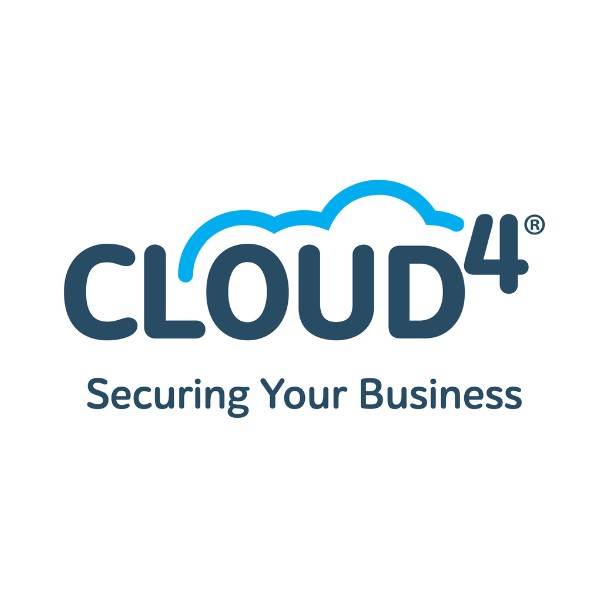
How to Stay Secure in 2025: Expert Tips to Prevent Cyber Breaches
30th April 2025, 8:25 pm
Over 1 trillion phishing emails were sent globally last year!
Cybersecurity threats are evolving faster than ever, and the statistics from 2024 paint a stark picture. Over 1 trillion phishing emails were sent globally last year, and a staggering 75% of breaches were caused by human error. As we move deeper into 2025, businesses must adapt their strategies to tackle the rising tide of identity-based attacks.
For the first time, 67% of high and critical-level cyber incidents were identity-based rather than device-based. This shift highlights a crucial reality: hackers are now targeting your credentials more than your computers. Why? Because access to your identity your login details, session tokens, and credentials can offer a hacker the keys to your digital kingdom, bypassing traditional perimeter defences.
Why Traditional Security Isn’t Enough
Even technologies like Multi-Factor Authentication (MFA), once seen as the gold standard of account protection, are no longer bulletproof. Sophisticated attack methods such as session hijacking and adversary-in-the-middle (AitM) attacks can circumvent MFA by stealing authentication tokens or intercepting login sessions. This makes it more important than ever to adopt a layered security approach that stops threats before they reach your users.
Here are key expert strategies to help your business stay secure in 2025:
- Strengthen Your Email Security
Phishing remains the number one attack vector. With AI-driven phishing campaigns becoming nearly indistinguishable from genuine communication, even the most cautious employee can be tricked. Invest in an AI-powered email security solution that scans for impersonation attempts, suspicious links, and malicious attachments before they land in your team’s inboxes.
- Deploy DNS Filtering
If a user does fall for a phishing email and clicks a malicious link, DNS filtering acts as a safety net. It blocks access to dangerous domains in real time, preventing compromised pages from ever loading. This gives you a second layer of protection that works silently in the background and is especially effective against newly registered or fast-spreading malicious sites.
- Prioritise Identity Protection
With attackers focusing on credentials, protecting digital identities is non-negotiable. Implement tools that offer real-time monitoring of credential exposure, especially on the dark web. Consider solutions that support password vaulting and secure sharing, such as enterprise-grade password managers. Combine this with behavioural analytics to detect anomalies in how credentials are used.
- Invest in Continuous Staff Training
Your people are your first line of defence and your biggest vulnerability. Cyber awareness training should be continuous, engaging, and up to date with the latest threats. Simulated phishing campaigns, bite-sized learning, and regular updates help reinforce good habits and keep your team alert.
- Implement Continuous Monitoring
It is more important than ever to know when you’ve been breached. Implement around the clock monitoring service not just for your devices, but for example for your Microsoft accounts. These crucial services can detect a breach and most importantly stop it in minutes. This is what we call MDR, managed detection and response, it provides round the clock monitoring and response and can make all the difference when an account is compromised, allowing you to quickly detect and neutralise breaches.
The Bottom Line
Cybersecurity in 2025 requires a shift in mindset. It’s not just about firewalls and antivirus anymore it’s about stopping threats before they reach your users and protecting identities over endpoints. By implementing layered, modern defences like email security, DNS filtering, identity protection, and potentially most important, MDR services, businesses can reduce risk dramatically and stay ahead of the ever-changing threat landscape.
Don’t wait for a breach to happen be proactive, not reactive. Your credentials are worth more than your device. Protect them like it.
One of my customers has gone into an Insolvency Process – will I be paid?